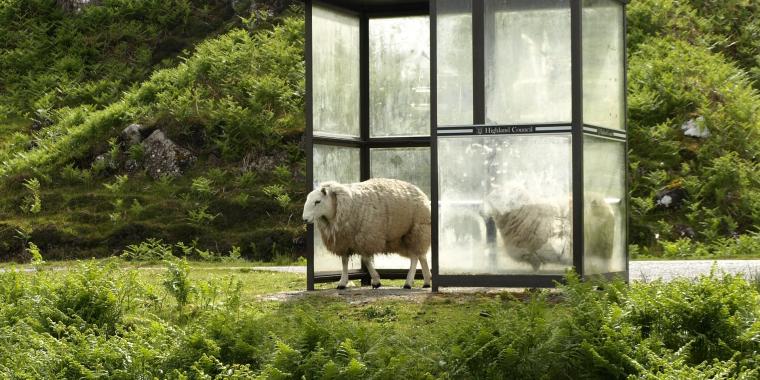Poor Transport Links

What poor transport links mean for communities
by Skye and Lochalsh CAB.
Alan Prior from Skye and Lochalsh CAB shares some reflections on the issues they see in their community for people accessing transport and why improving transport is central to tackling poverty.
The area of focus for the second day of Challenge Poverty Week looks at transport and what is needed for a Scotland where we can all get where we need to go. While there are different challenges with accessing transport all across Scotland, perhaps none are as acute as the issues that those living in remote and rural communities face.
Access to public transport for people living in rural Highland and island communities can be limited and difficult at best and non-existent at worst. In Skye & Lochalsh, households can live up to 90 miles away from our Bureau, the Job Centre or other essential services. People in this region often need to navigate single track roads, a ferry crossing, poor road conditions, adverse weather and limited or not access to public transport whatsoever. Parts of the region have limited mobile phone services, with some areas having no signal at all.
All this has an impact not only on an individual’s ability to access all the services offered by our CAB, but also hugely impacts job prospects, access to health care services, service points, care, support and to everyday amenities such as grocery shopping. It can make the planning required for a client to attend an appointment or to try to engage with services for assistance more complex, more time consuming and more expensive.
Residents in the area may have to travel further using more costly and infrequent public transport or with higher vehicle running costs to get to employment. This can have a severe impact on people considering low or minimum wage employment opportunities as it may make taking the work unfeasible due to the expenses. All of this has a higher impact on the cost of living compared to a less rural setting, meaning that already stretched budgets feel even more strain.
An example of the hardship faced is really evident in Finlay’s experiences (real name not used). Finlay has health needs and was attempting to claim Universal Credit and needed support to do this. With no mobile phone or internet, he was required to attend the local Job Centre for support with this claim. This involved an early morning 2.5 mile walk down an unlit single-track road in adverse weather conditions to wait for a bus. Finlay relied on the bus driver letting him on with no charge as he had no money for the bus fare to then travel 18 miles to get to the Job Centre. Due to the timings of the bus and appointment, he then had to wait in the town either side of the meeting. In total this appointment involved a 5-mile walk, 36-mile bus journey and 5 hours of time all in.
The same issues affect all aspects of Finlay’s life. To access basic health care services or to go to the nearest supermarket would require the same journey. The nearest convenience store for essentials would require a 5-mile walk. To get access to the nearest hospital would increase the total bus travel to over 84 miles.
This put a huge amount of stress on Finlay, who found the physical element of the journey difficult and the financial element of this equally distressing and this is just one example, there are many, many more. Including the impact that local travel infrastructure has for CAB staff and volunteers with the lack of frequency and costs affecting the roles that we’re so passionate about doing.
This Challenge Poverty week, we echo the calls of the Poverty Alliance to improve transport networks, especially in remote and rural communities. We know that good, affordable transport enables people to access jobs, education and training which can raise household income and protect people from being swept into poverty or pulled in deeper. And so, we too want to see:
Expanding concessionary travel to under 25s, people in receipt of low-income and disability benefits and unpaid carers.
Integration of our transport systems and expand concessionary travel to include all modes of transport including rail, ferry and tram.
Public transport funding directed towards networks which are affordable, reliable, safe and meet the needs of local people.